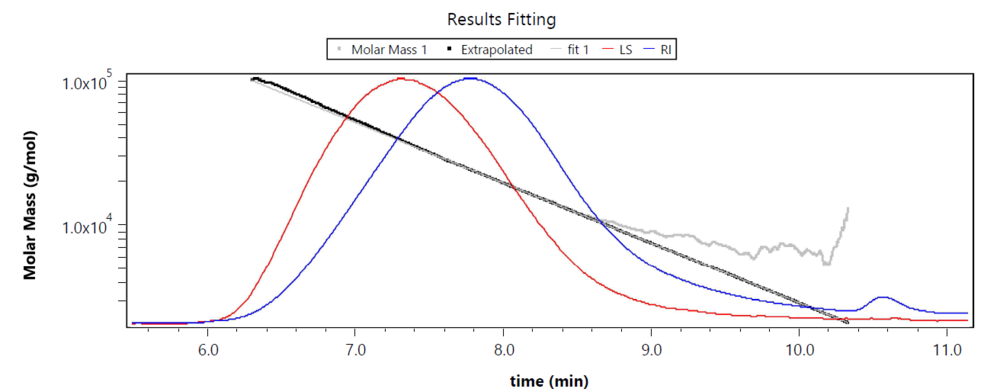What is exclusion chromatography (SEC)?
Exclusion chromatography is a chromatographic technique used to separate and purify molecules according to their size.
The principle of exclusion chromatography is based on the difference in size of the molecules. The sample is injected into a chromatography column containing gel beads of a specific size. Larger molecules are excluded from the pores of the gel matrix and are therefore delayed in their journey through the column, while smaller molecules penetrate the pores and are therefore less delayed. As a result, molecules are separated according to their size and molecular weight.
Exclusion chromatography analysis is commonly used in the fields of organic chemistry, pharmacology and polymer science for the separation and purification of polysaccharides, synthetic and natural polymers and other macromolecules.
